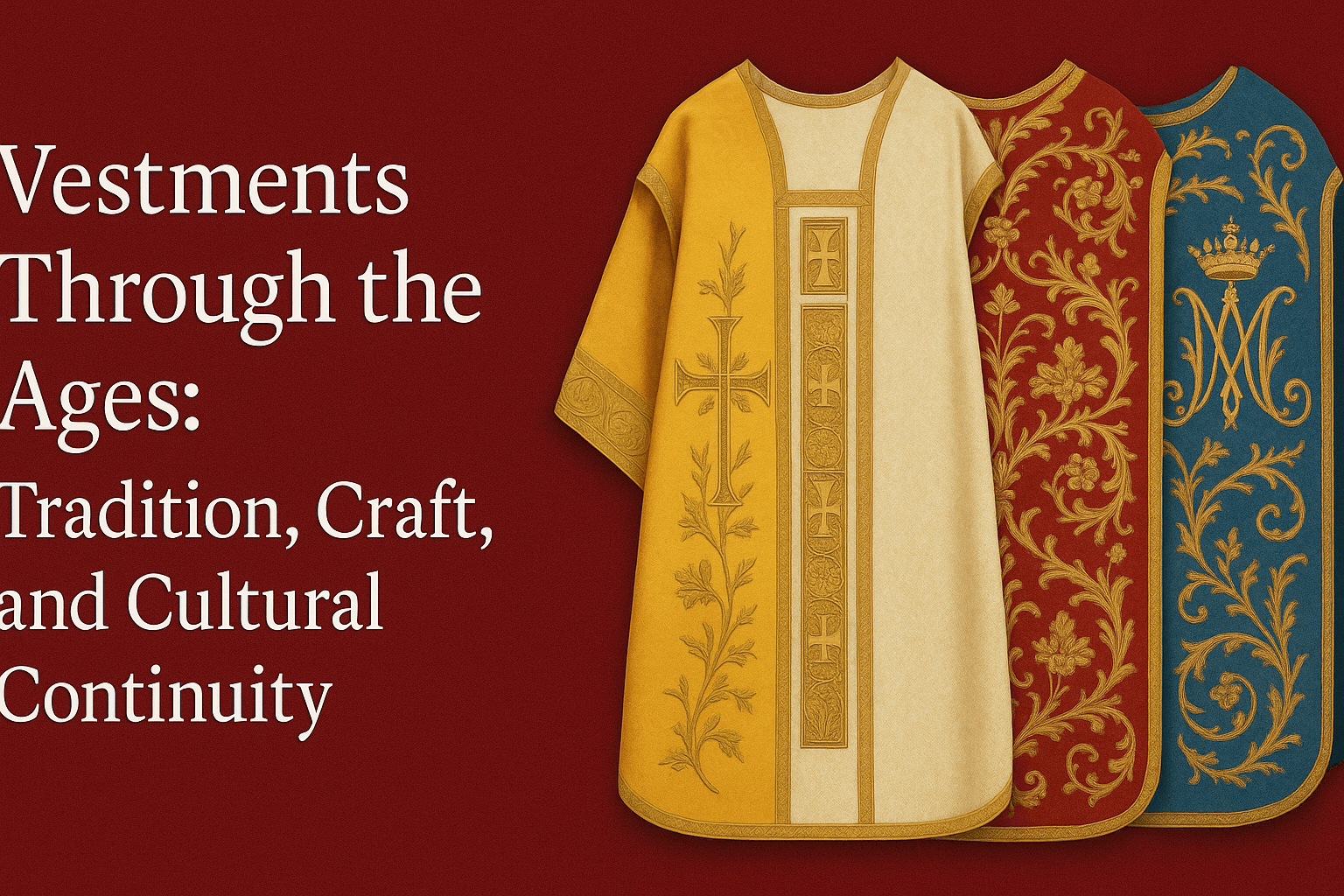The Minoan civilization, one of the earliest known civilizations of the Bronze Age, flourished on the island of Crete from around 3000 to 1100 BCE. Known for their advanced urban planning, stunning frescoes, and fascinating symbolic scripts, the Minoans are particularly remembered for their potent and compelling symbolism. One of the most recognized symbols of the Minoan civilization is the double axe, also known as the "Labrys." This article will delve into the intricacies of the Minoan double axe symbol, exploring its archaeological findings, ritualistic use, and significance within the Minoan religion.
↖️ Gold double axe, 1700-1450 BCE. Ephorate of Antiquities of Heraklion. © Hellenic Ministry of Culture and Sports / Hellenic Organization of Cultural Resources Development
↗️ Bronze and iron double axe, 1700-1450 BCE. Ephorate of Antiquities of Heraklion. © Hellenic Ministry of Culture and Sports / Hellenic Organization of Cultural Resources Development
↙️ Silver double axe, 1700-1450 BCE. Ephorate of Antiquities of Heraklion. © Hellenic Ministry of Culture and Sports / Hellenic Organization of Cultural Resources Development
↘️ Golden Ax, between 3500 and 3550 BC. Found in a cave in Arkalochori, on the island of Crete, Greece. Now in Boston Museum of Fine Arts. On the left side is a linear inscription that could be dedicated to Demeter.
The Minoan Double Axe: An Introduction
The Labrys, or double axe, is a symbol consisting of a handle and two symmetrical blades extending in opposite directions. The word 'labrys' is of Lydian origin, and it was adopted by Greeks to describe the double-bitted axe. It is a common artifact found in Minoan Crete, and it holds a significant position within the iconography of the civilization.
Photo by: Dimosthenis Vasiloudis
Archaeological Evidence of the Labrys
The Minoan double axe was typically made of metal—bronze, in most instances—and varied in size, with some examples small enough to be held in one hand and others large enough to necessitate two. Archaeological sites such as Knossos, Malia, and Phaistos have yielded a wealth of these artifacts, including small votive double axes and larger versions. The Labrys is also frequently depicted in Minoan frescoes, seals, and other forms of artistic expression.
Perhaps the most iconic archaeological discovery related to the Minoan double axe is the Palace of Knossos. Sir Arthur Evans, who led the excavation of Knossos in the early 20th century, referred to certain chambers within the palace as 'Labyrinthos,' comparing its complex layout to the mythological labyrinth housing the Minotaur. He believed the term 'labyrinth' was etymologically derived from 'labrys,' strengthening the connection between the double axe and the palace.
Photo by: Dimosthenis Vasiloudis
The Labrys in Minoan Rituals and Religious Practices
Evidence from numerous sites indicates that the Labrys had significant ritualistic or religious use in Minoan society. The double axe is often found in contexts that suggest it was used in religious ceremonies, such as in the sanctuaries of peak sanctuaries and cave sanctuaries or in association with altars.
Specifically, Labrys is prominently featured in the frescoes of the 'House of the Double Axes' at Knossos, where it is associated with an apparent sacrificial bull. This ties in with the theory that the double axe was used in Minoan bull worship, possibly in rituals involving the sacrifice of bulls.
Photo by: Dimosthenis Vasiloudis
The Minoan Double Axe within the Minoan Religion
Though the details of the Minoan religion remain somewhat mysterious due to the still-undeciphered Linear A script, a combination of archaeological evidence and later Greek myths allows some interpretation. The double axe, as a religious symbol, appears to have been associated with the Minoan Goddess, often called the 'Mistress of Animals.' This goddess is frequently depicted holding a double axe in either hand, suggesting that the Labrys had a divine or supernatural connotation.
The association of the Labrys with the bull sacrifice and the Minoan Goddess might point to the double axe symbolizing a form of divine authority or intervention. Given the Minoan civilization's hypothetical apparent matrifocal nature, the Labrys may also symbolize female power or fertility, especially if associated with the goddess figure.
In conclusion, the Labrys, or Minoan double axe, provides a fascinating glimpse into the ancient civilization's cultural, religious, and ritualistic practices. As a symbol, it pervades Minoan iconography, serving as a reminder of Crete's rich past and its vital role in the wider narrative of human history. Its precise meaning within Minoan society may never be fully known, but its profound influence continues to capture the imagination of scholars, historians, and enthusiasts alike.
Photo by: Dimosthenis Vasiloudis












